As somebody who grew up as a big baseball fan, I somehow managed to not see the Ken Burns documentary, Baseball.
I've been watching it recently through Amazon Prime Video.
In the first episode, there was a section on Albert Spaulding. You might recognize the Spaulding name from sporting goods (they make the official NBA basketballs). He was a baseball player and was one of the first to use a leather glove.
I'm going from memory, but I think this next section was about him and his attempt at uniform innovation in the late 19th century… look at the screenshots with closed captions that tell the story of Plan, Do, Study, and Adjust…
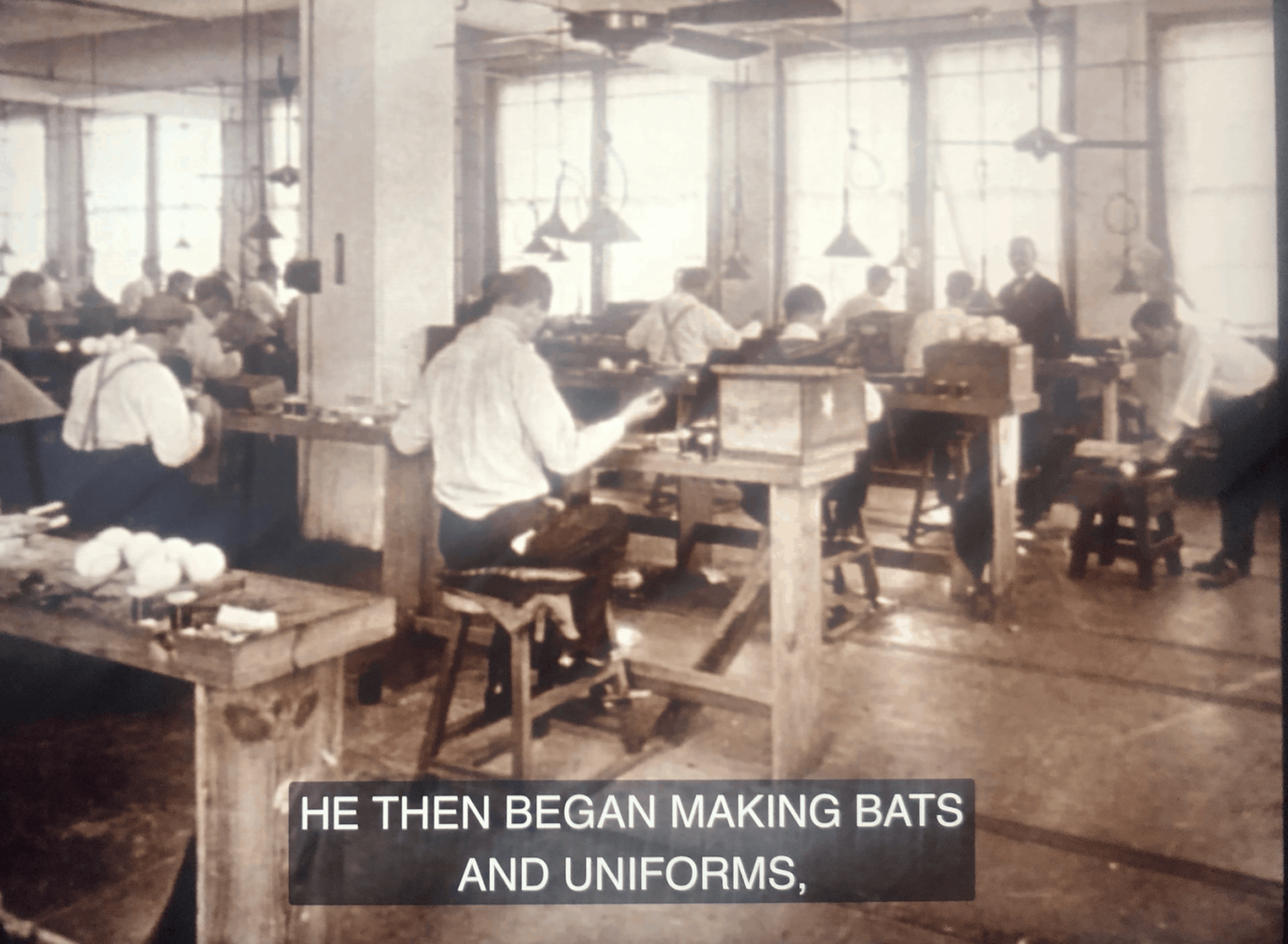
Plan
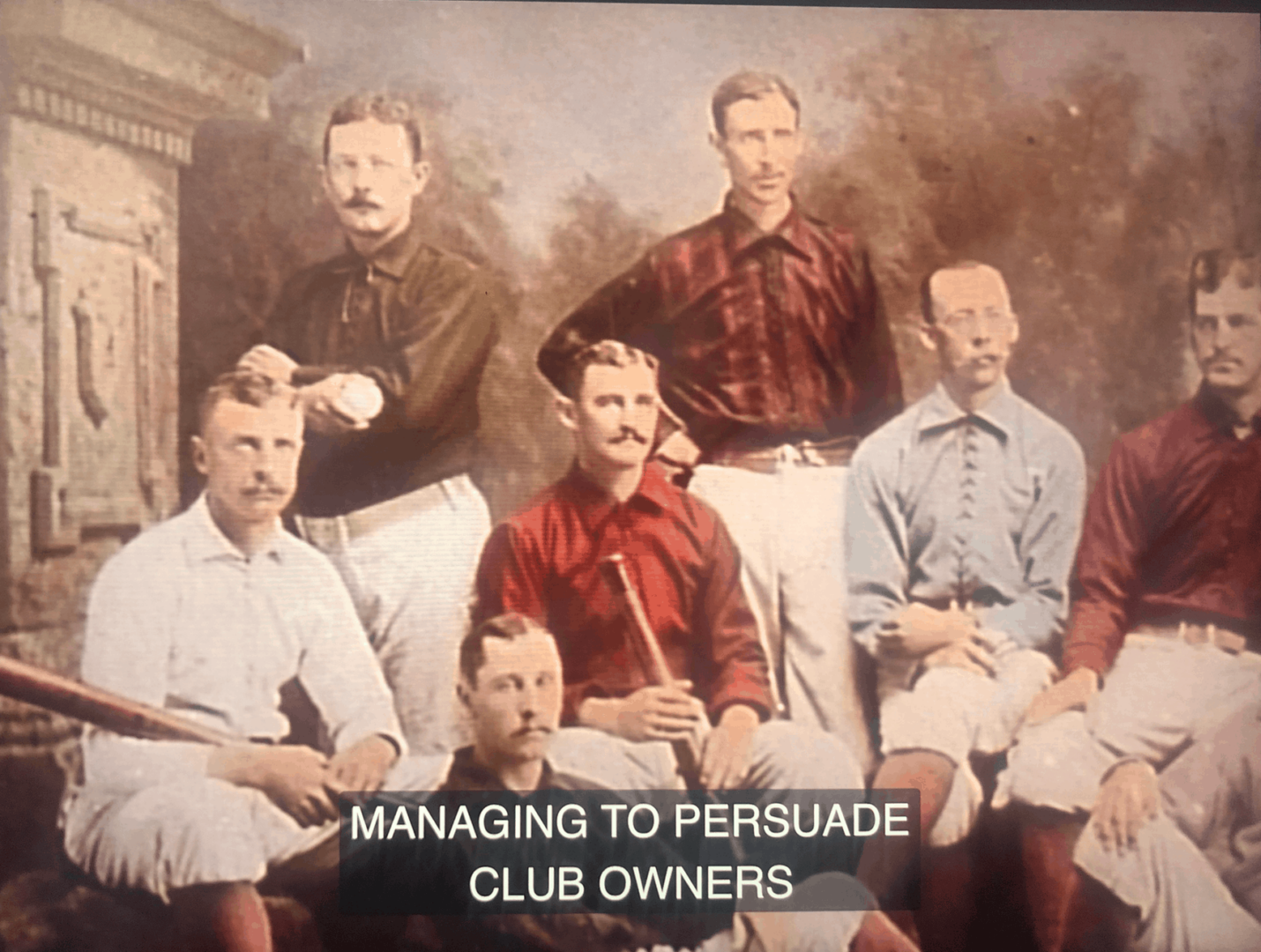
Do
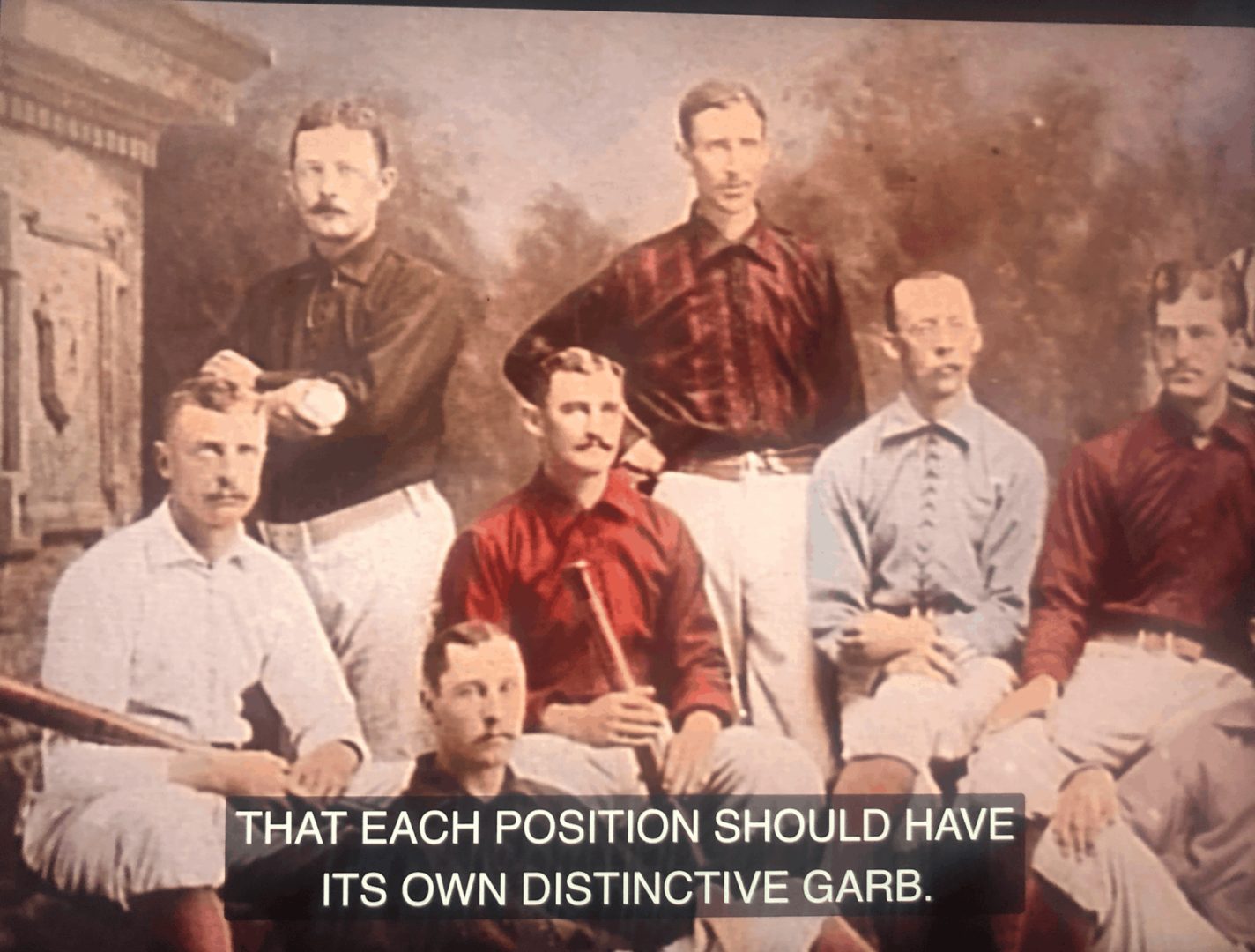
Study

Yeah, I mean if you wanted to change positions during the game, you'd have to change clothes???
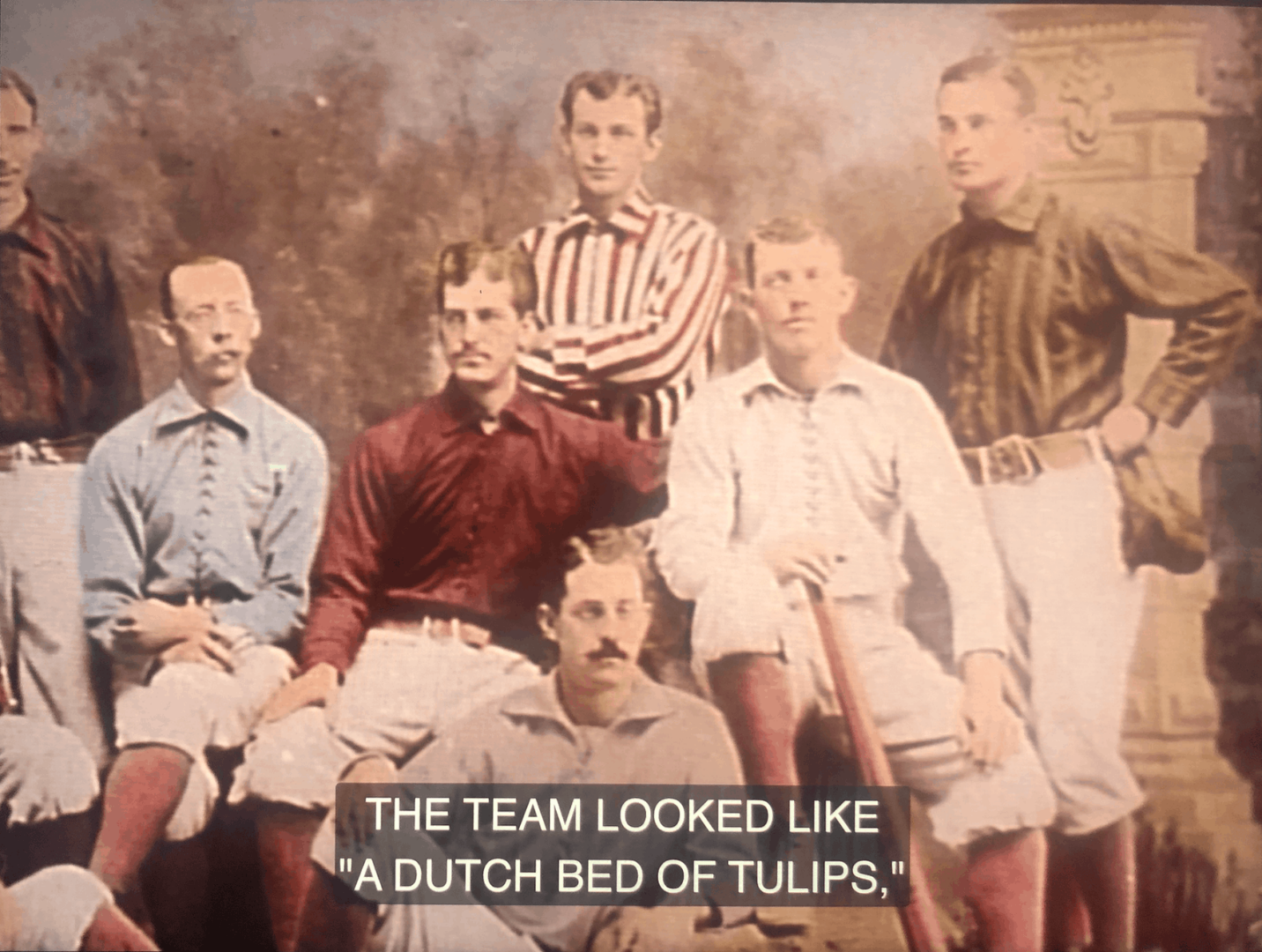

Adjust
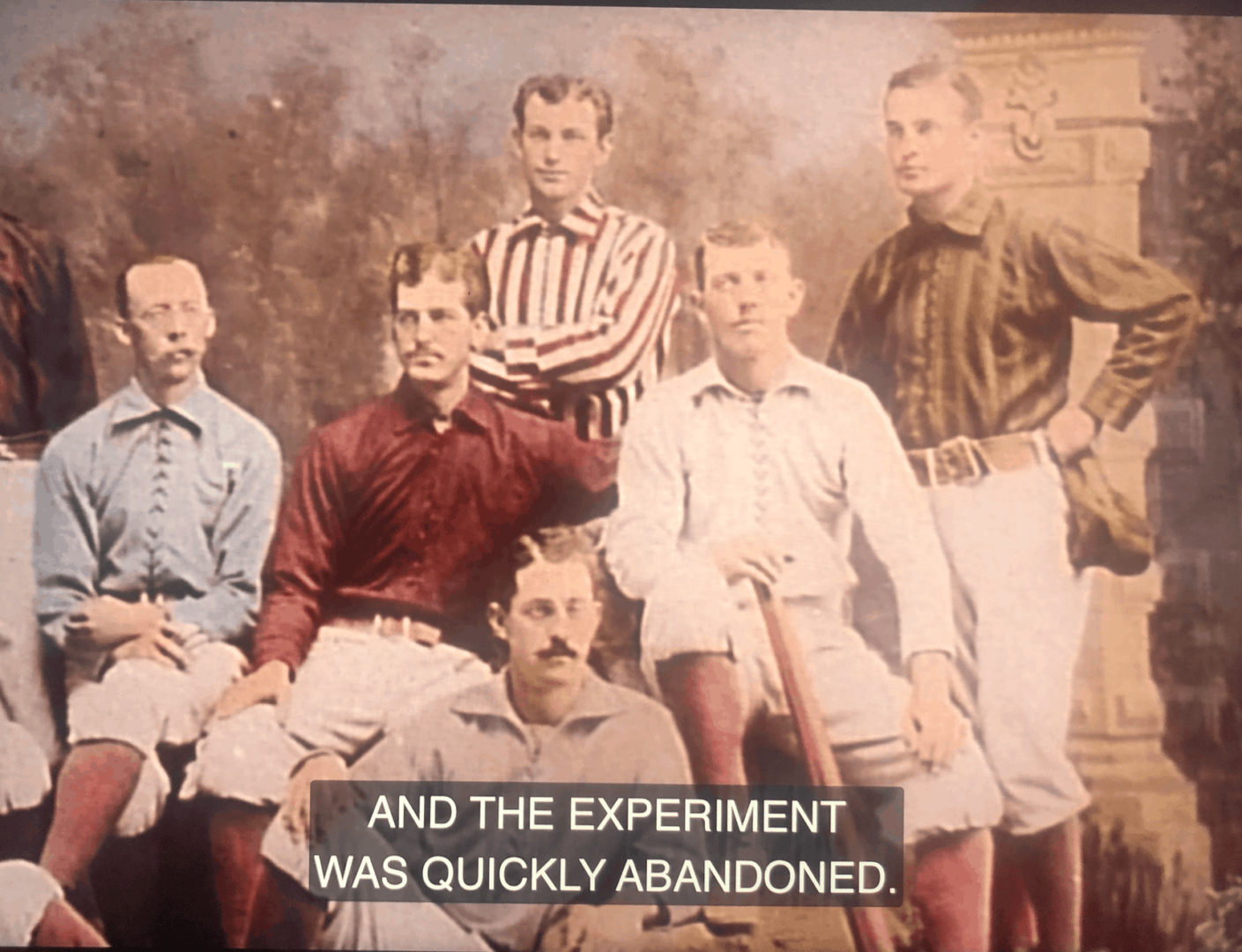
“And the experiment was quickly abandoned.”
That's a key to the Plan-Do-Study-Adjust cycle. You have to be willing to adapt or abandon… not just adopt. You can't be stubborn about assuming every idea that you implement is a good idea…. it's PDSA, not Plan-Do-Rationalize-Justify.
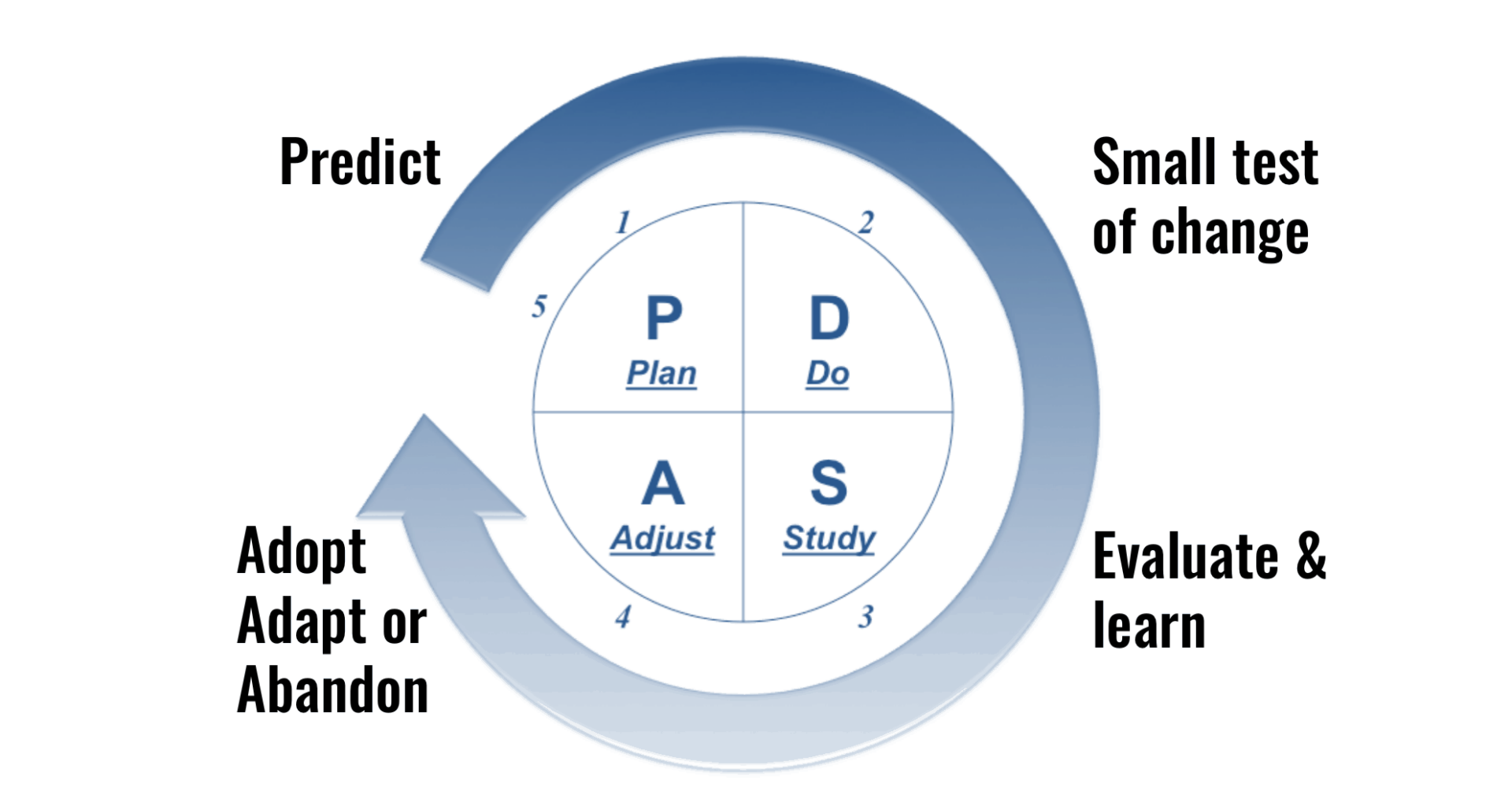
One of the key principles, going back to Dr. Deming, is that we mitigate risk when attempt to make an improvement by doing a SMALL test of change.
Modern-day Major League Baseball sometimes isn't great at problem solving, but they do generally test changes at the minor league level where they are, relatively, small tests of change.
This includes the use of a pitch clock, which is supposedly coming to the MLB level, something that I've blogged about before.
Other small tests of change include starting extra innings with a runner on second base as a way to shorten the length of games.
We'll see if that test is “quickly abandoned” or if it's eventually adopted.
In any workplace setting, sometimes you don't know if an idea is any good until you try it in practice… can you think of examples of “small tests of change” in your workplace?
Please scroll down (or click) to post a comment. Connect with me on LinkedIn.
Let’s work together to build a culture of continuous improvement and psychological safety. If you're a leader looking to create lasting change—not just projects—I help organizations:
- Engage people at all levels in sustainable improvement
- Shift from fear of mistakes to learning from them
- Apply Lean thinking in practical, people-centered ways
Interested in coaching or a keynote talk? Let’s start a conversation.










LinkedIn discussion:
Baseball uniform uniforms went through another PDSA cycle. The new uniform fabrics and smaller player names on the back were widely panned last season in MLB (the 2024 season).
For 2025, they abandoned the new uniforms and basically went back to what they had before. I think it was a classic situation of a “solution” to a problem that wasn’t really a problem in the first place.
https://www.sportico.com/business/commerce/2024/mlb-nike-uniforms-revert-back-change-1234799154/